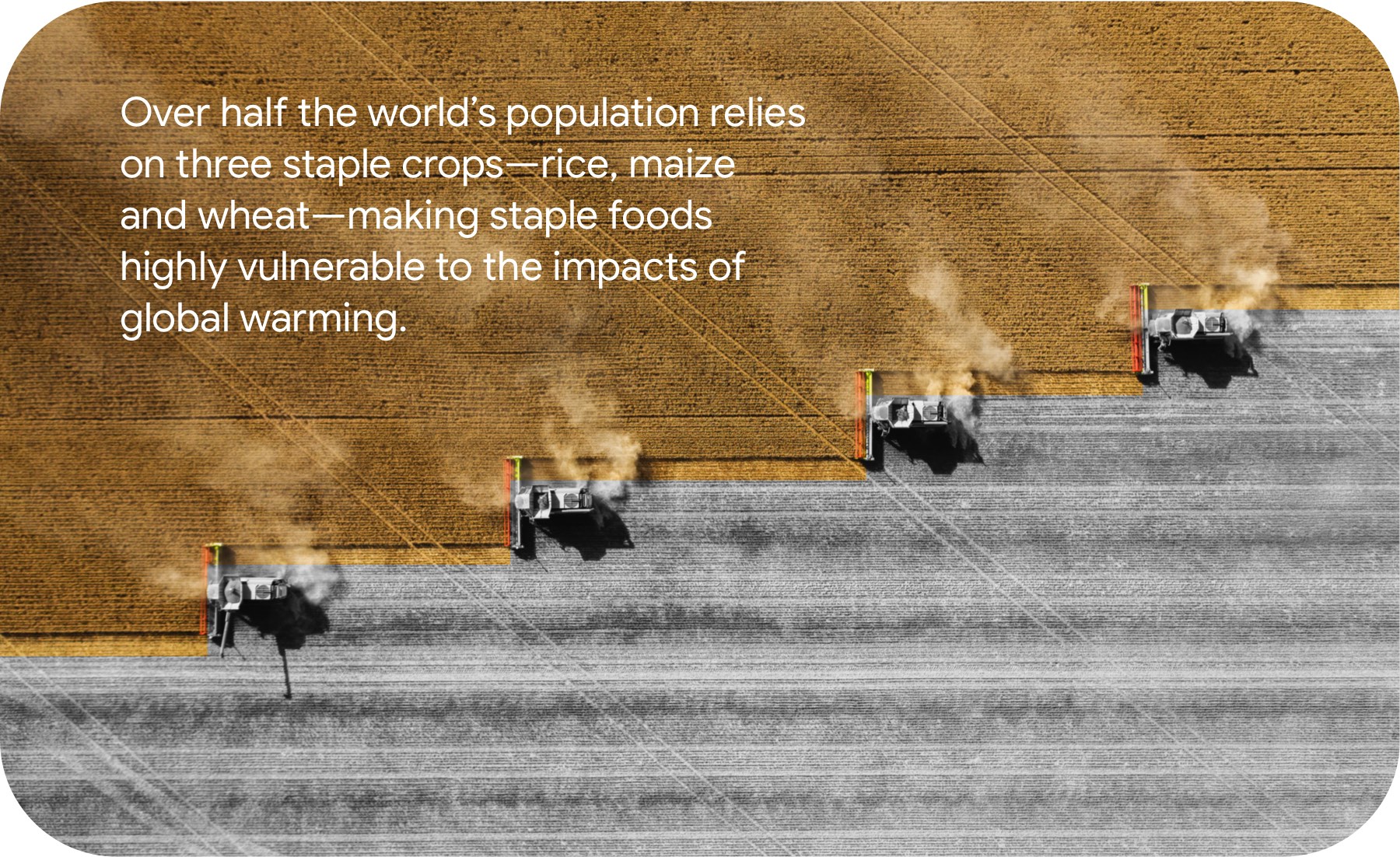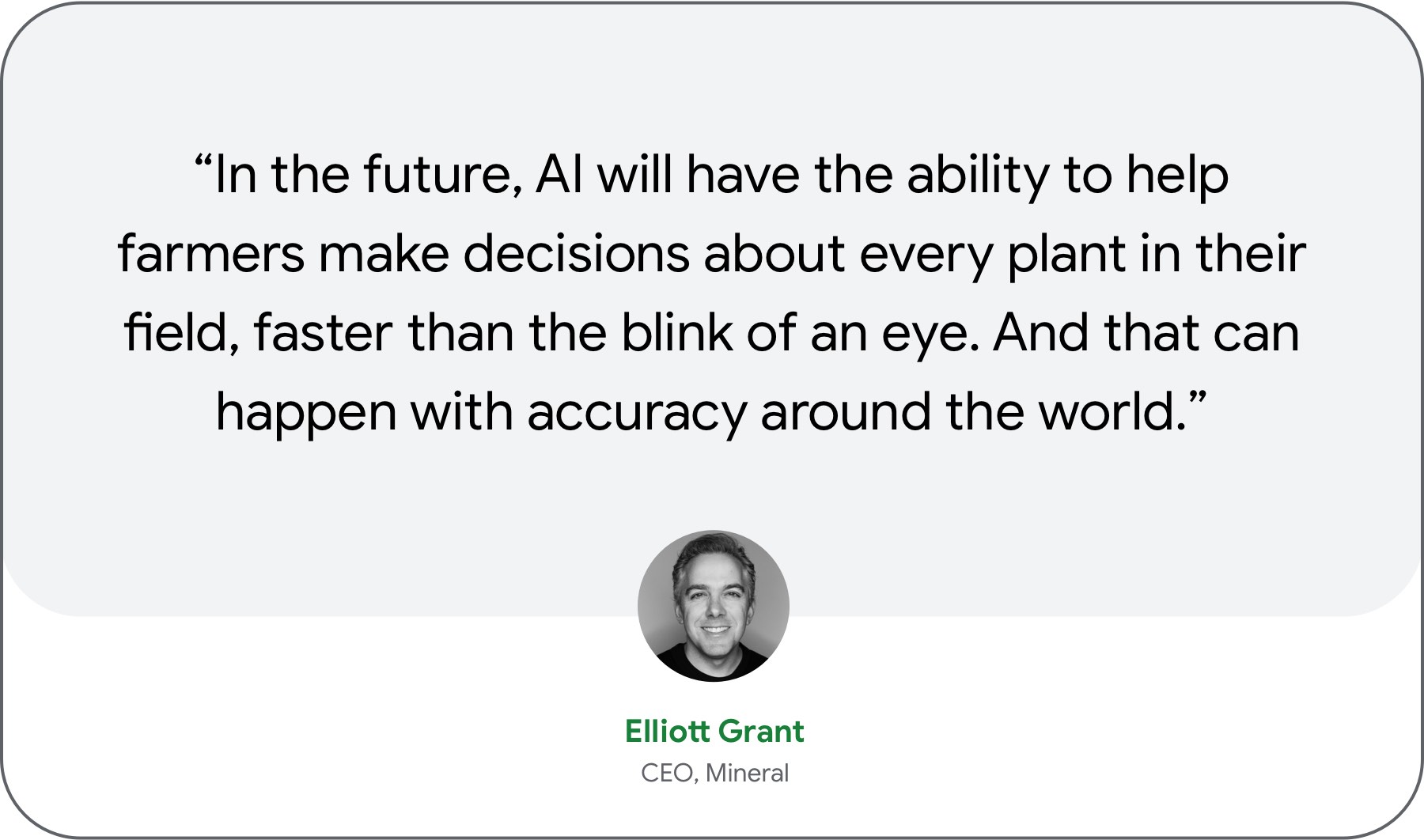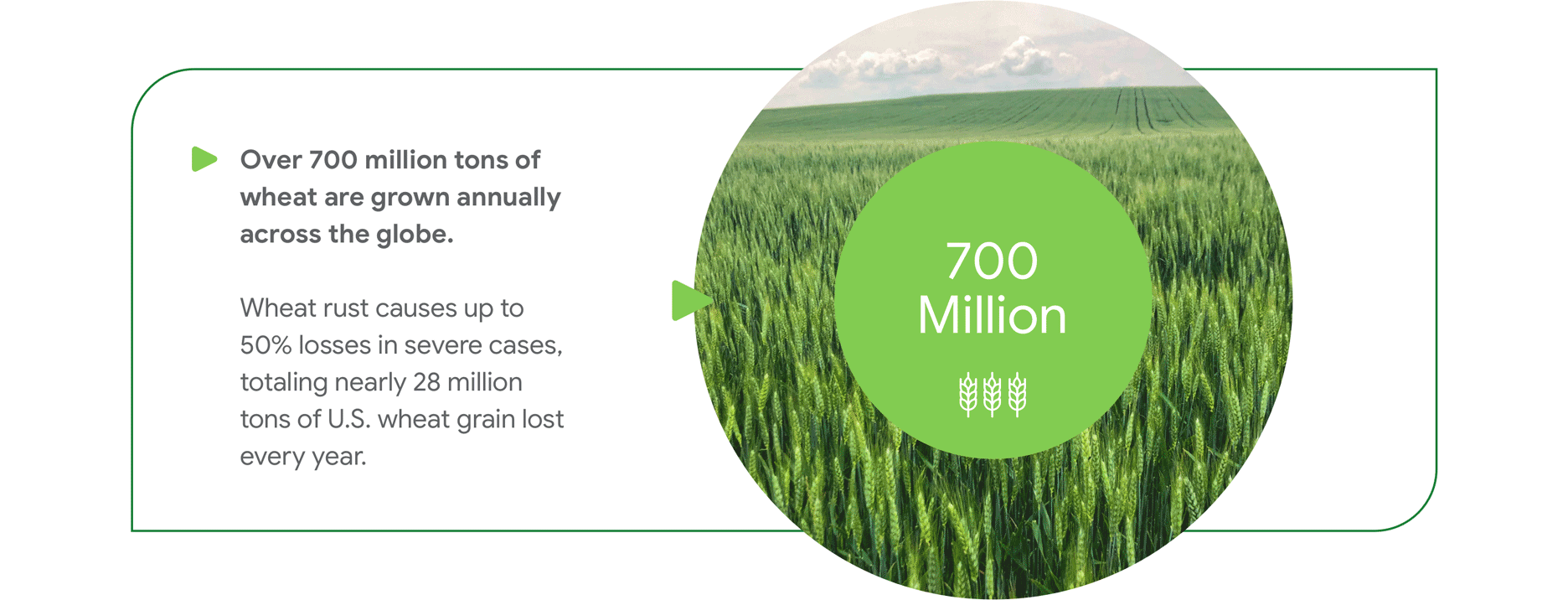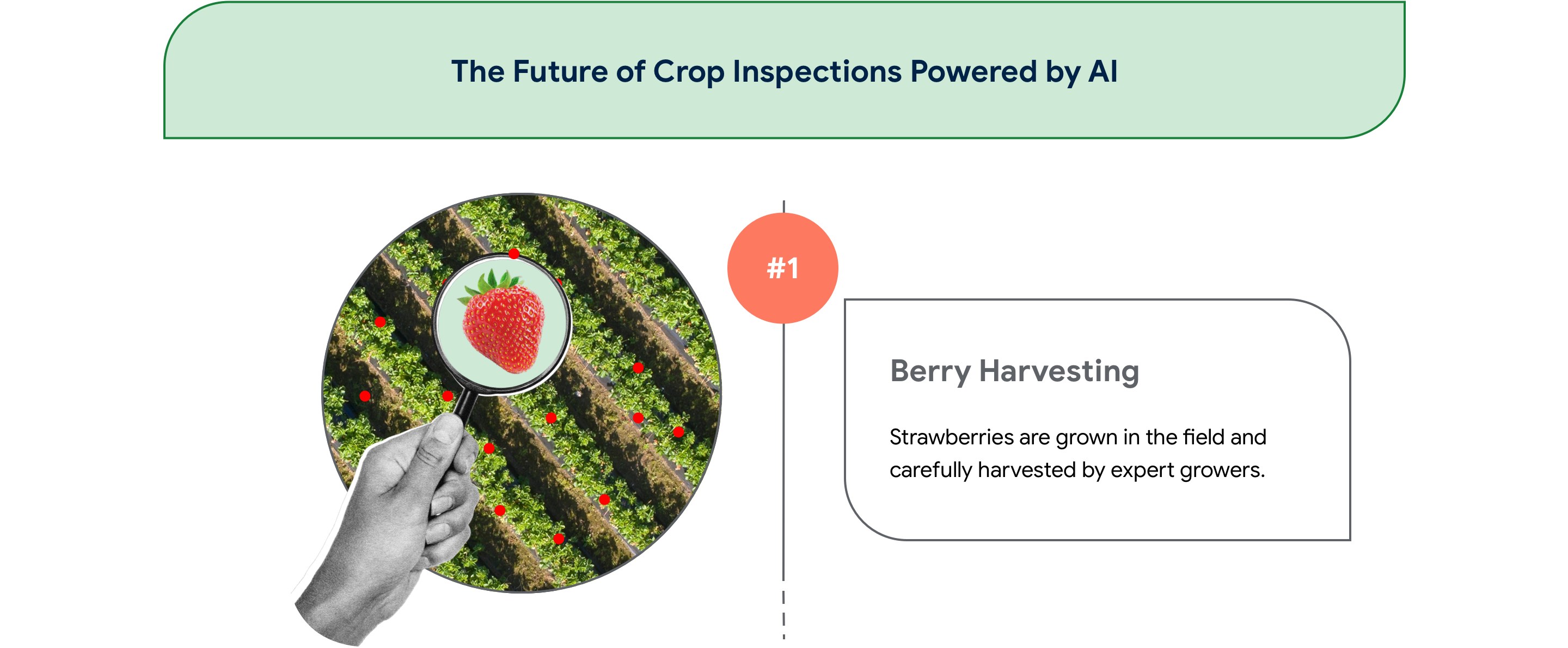AI’s Role in Boosting Crop Productivity

As climate change intensifies, the agriculture sector faces unprecedented challenges, marked by more frequent and intense heat waves, droughts and heavy precipitation that impact crop yields and soil quality. As these meteorological shifts threaten food security, artificial intelligence (AI) is emerging as a game-changing tool for global agriculture.
AI’s capabilities are pivotal in improving precision, reducing food waste and enabling climate-resilient crops—shrinking the ecological footprint of agriculture. Increasing farmland productivity is a critical factor in ensuring food security for a growing population, all while minimizing additional CO2 emissions.
Farmers have historically relied on generational wisdom to manage their diverse fields. They have also been early adopters of technologies that enhance productivity while minimizing environmental impact. As the changing climate disrupts weather patterns globally, rainy seasons are starting earlier in some regions, while others experience prolonged drought. This environment demands agricultural adaptation. Maintaining the delicate equilibrium between traditional knowledge and innovative approaches is paramount in meeting the challenges of the evolving climate crisis.

“Farmers are, in many ways, on the frontlines of experiencing climate change,” says Elliott Grant, CEO of Mineral, an Alphabet company reimagining sustainable food production. “Our mission is to provide the tools they need to adapt and be resilient to these changing growing conditions.”
Industry adaptations are already underway as Mineral uses AI to enhance plant-level management. The company collaborates with partners across the agriculture value chain to enable growers to make decisions based on more precise data and to take timely, accurate actions that optimize production. Mineral also works with farms and produce sellers applying AI to quality inspection, improving product consistency and reducing food waste. It also collaborates with research teams, including one at the University of Minnesota (UMN), to accelerate breeding trials aimed at developing disease-resistant and climate-resilient crop varieties.

The extensive scale of modern farming—with farms in North America averaging around 300 football fields in size—makes it nearly impossible for farmers to use traditional tools to monitor individual plant health and field-wide issues like weeds, pests and disease. As a result, farmers often resort to sampling small patches as indicators for the entire field, which often leads to incomplete assessments.
These generalizations can result in overuse of fertilizer, water and chemicals in some areas and underuse in others. This practice not only reduces yields, but also fosters weed and pest resistance, causes soil degradation and contributes to food waste—ultimately threatening global food security and worsening climate challenges.

AI leverages vast datasets to offer real-time decision support that transcends weather trends and sub-scale soil sampling. The system can also assess elevation, soil conditions and nutrition levels to boost farmland productivity, as well as determine optimal planting times and practices for pest and weed management, including adapting herbicide usage in response to shifting weather patterns.
Grant emphasizes that plant perception—AI’s capability to capture and understand precise information from plants through computer vision—will become increasingly valuable for growers, enhancing equipment precision, automation and farm efficiency.
Plant perception can also influence a farmer’s crucial decision of when to plant; delaying or advancing planting by a mere five days can significantly affect outcomes during the harvest season.


Fostering climate-resilient crops is as crucial as forecasting plant health. Plant diseases have existed for over 250 million years and are essentially an unsolved agricultural problem. Breeding resilient crops typically takes many years, if not decades, but AI technology expedites this process.
As crop diseases—such as Fusarium head blight (FHB), a fungal disease that plagues wheat—proliferate in the conditions that climate change is making more prevalent, traditional people-intensive means of identifying disease-resistant crop varieties are quickly becoming less and less effective. It’s a problem ideally suited to AI.

Recognizing this urgency, Mineral teamed up with UMN, which focuses on advancements across agriculture, to develop AI-enabled plant perception and expedite breeding climate-resilient crops, particularly critical grains like wheat.
Mineral’s AI model, trained on millions of images, consistently detects and measures FHB-infected wheat spikelets. This data can be collected multiple times during the growing season, equipping UMN with valuable insights into field condition adaptations and disease-resistant genes.
With these insights, breeders and researchers at the US Wheat & Barley Scab Initiative (USWBSI)—the organization funding UMN’s work in this area—are developing resilient wheat varieties that endure harsh conditions and customizing crop varieties to match specific geographical and environmental conditions, ensuring food supply amid climate challenges.

When wasted food decomposes in landfill, it releases methane—a potent greenhouse gas. AI presents an opportunity to combat food waste by improving quality control in the supply chain.
Grant’s team is developing AI-enabled perception technology for leading berry brand Driscoll’s, aiming to improve the monitoring of fresh berry quality throughout the supply chain—a solution that could be extended to many crops that drive the livelihoods of millions of farmers worldwide.
Growers like Driscoll’s are actively addressing the challenges posed by costly and error-prone manual inspections that aim to ensure consistent quality. Mineral’s approach will help growers identify defects, diseases and pests, and inform pre-season adjustments, ultimately reducing food waste across the supply chain.
Recent AI advancements demonstrate the capacity to achieve human-level accuracy with faster-paced technology, delivering consistency and objectivity. Integrating AI throughout the supply chain can increase inspection volume and provide data and valuable feedback to growers, improving cultivation practices.





Grant emphasizes that unless the agriculture sector enhances farming productivity, certain crops may become unattainable, excessively costly or susceptible to disease within a decade.

The undeniable impact of climate change on food quality and availability demands innovative solutions, with AI in agriculture at the forefront. Dedicated global researchers, including Grant’s team, are continually refining sustainable agriculture practices. This involves ongoing model retraining for consistent performance across changing seasons.
“Today's inspections are used primarily to accept or reject an item that doesn't meet a minimum standard,” says Grant. “If inspections were augmented with AI tools that could easily collect more data, it can turn quality control into quality management—providing new insights up and down the supply chain, and reducing waste.”
At this dynamic intersection of climate and agriculture, the synergy between AI’s transformative potential and the irreplaceable intuition of humans is securing global food systems and laying the groundwork for a resilient future.
